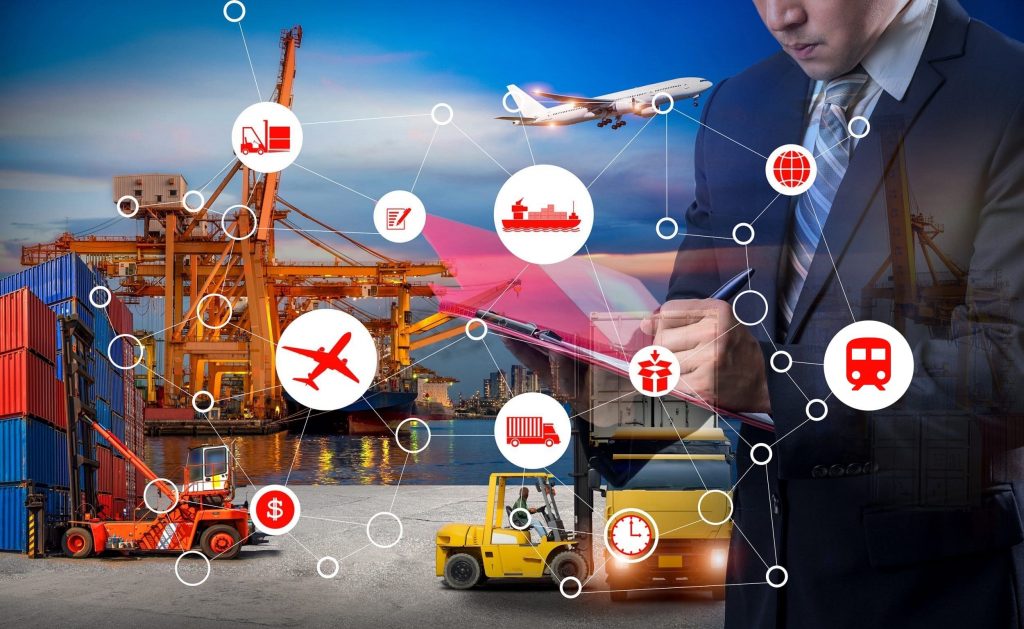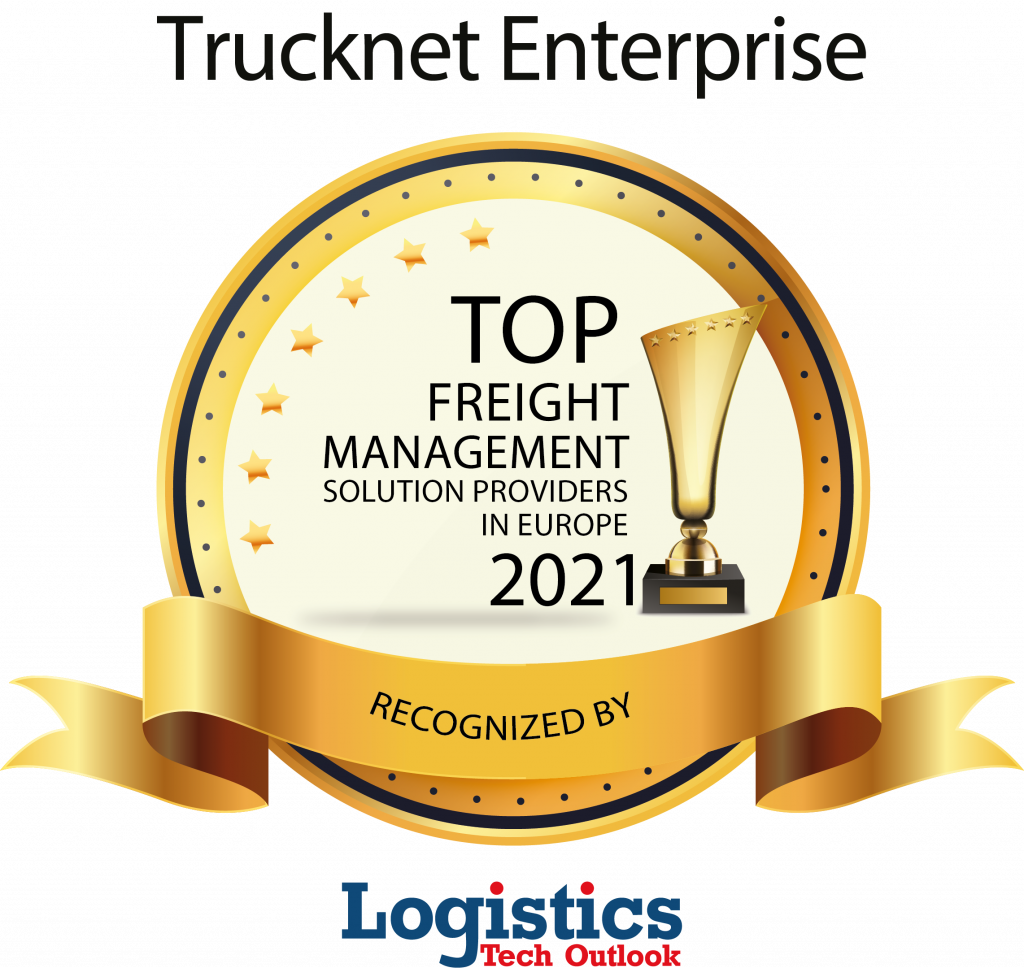The optimization of transportation in ports
A port (harbor) or airport is a complex environment where multiple systems and strategies are operating continually and processing data.
At the port management level, Business Intelligence (BI) in operations provides immediate visibility to vast amounts of significant data to analyze the port and terminal performance. Strategic planning using BI leads to improving and optimizing the performance of operations. The port environment is strategic for national security and modern ports are often multimodal distribution hubs providing transport links using sea, road, rail and air routes.
Port management plays a major role in the interface between sea, air, rail and land for handling the loading and moving of freight from the moment of arrival at a terminal. One small error can lead to unnecessary costs, delays of delivery and inefficiency. Effective terminal management provides port security, knowledge of regulations, links with supply chains, and more.
Transportation and logistics play a significant role in the supply chain process for the movement of products to the customer. The amount of trucks on the road continues to increase every year, contributing to more air pollution and greenhouse (GHG) emissions.
It should be noted that the European Union (EU) prepared a roadmap, the “Green Deal”, for making their economy sustainable, competitive and carbon neutral by 2050. This growth strategy is in line with the long-term objectives of the Paris Agreement. More than 50% of goods are transported by road and today transport accounts for 25% of GHG emissions in Europe. For the EU to become climate neutral by 2050, a 90% reduction in transport emissions will be required.

What are the main problems in port transportation?
The air cargo industry is still largely paper-based. Many types of documents are required for shipments beginning with the shipper to the final terminal. Much of this is prepared with copies of very large amounts of paper. With the Covid-19 pandemic, the industry confronted the huge impact of increasing the demand for air cargo. Imagine the thousands of copies of documents that have to be physically touched by many during the Pandemic. In some cases, the air cargo paper documentation is shipped separately from the actual cargo via express couriers. Validation of data in this situation requires human input, often resulting in the need of gathering hundreds of employees.
The total time a truck spends in the terminal area is called turnaround time. It includes the time from the arrival, loading, and unloading of containers, inspection of the truck, filling out the documentation, and going out from the terminal. Extended truck turnaround time can cause an increase in port congestion that slows down the movement of cargo out of the terminal. The longer the turnaround time, the chance that a port may run out of storage facilities will increase. In addition, if a truck does not exit the port quickly, it blocks new trucks from going in, which reduces efficiency and increases the expense of port operations. Demurrage and detention (fees that companies must pay for using containers after they have gone over the allotted time for usage) bring significant costs for cargo companies.
In September 2020, the EU issued a Call for Proposals for research and innovation projects relating to the European Green Deal, its major initiative for achieving climate neutrality by 2050. The Call is looking for concrete and effective solutions to respond to the current environmental emergencies. There are ten areas in which projects will be funded, including sustainable and smart mobility. There are two available topics in this area of the Call: green airports and ports as multimodal hubs for sustainable and smart mobility. It should be noted that transport is a significant part of both topic areas when planning and establishing sustainable and green airports and/or ports.
What are the possible solutions?
Since the cargo industry is still wrestling with the issue of paper documentation the solution will need to be full digitalization of the workplace, in which all stakeholders are connected in one ecosystem. Cargo documentation includes export declarations and tax forms, in addition to general information and container specifications. Digitalization could solve multiple problems such as the delays caused by waiting in line to proceed. The shipping and delivery process involves the movement of goods and documents from the place of origin to the place of destination. The diverse main players across the board come from various regions of the world, with different regulations; therefore an online digital platform is essential.
Launching one ecosystem would not only unlock the dependence on paper documentation for the cargo industry, it would also offer a platform for matching cargo. In other words, a truck would have the option of combining a few deliveries rather than taking one shipment only. This optimization method would bring all the relevant players in the cargo supply chain together in one system.
The Port of Rotterdam, the largest seaport in Europe, is an excellent example of an efficient logistics hub where smart technology is being implemented. Their digital platform assists in finding the best options for shipping routes, including all transport modes, via Rotterdam with minimal CO2 emissions. Trucknet’s cloud-based platform aims to optimize freight routes and the company intends to advance to including multi-modal solutions through the implementation of smart technologies.
Additional suggestions for measures in line with Green Deal policy for contributing to green airport/port planning would include operating E-trucks, fuel optimization, alternative fuel for trucks and aircraft, sustainable waste disposal, and even supplying meals with a lower carbon footprint; this would be in addition to the effective integration of transport modes within and around the airport/port.
If the terminal area is targeted for last mile delivery, reverse logistics can save time. New cargo can be available and ready to be picked up so that the truck will not have to leave the terminal empty, thereby reducing deadhead miles. In this manner we can avoid congestion and decrease the number of trucks inside the port, leading to improved efficiency and creating profitability with less cost.
Connectivity along an intermodal transport chain (from ship to truck to rail) provides the information and physical movement between the connection points of the supply chain. This integration throughout several dimensions provides elements necessary for significantly improving freight transportation. Delay due to bad weather? Truck drivers will get a notification and avoid waiting in the airport line for storage facilities. A ship is forced to arrive in a different terminal due to port overloading? The truck gets the online notification and changes its route to be ready to load/unload cargo in the new location and can prevent shipment delays.
The integration of resources allows us to create a new and efficient world for the cargo industry, in which each system and all participants are supported through technology. The players collaborate and connect with the other stakeholders in the freight management chain.
The best way to achieve maximum efficiency would be to create one ecosystem with the many relevant stakeholders. Various rail, air, sea, truck companies could be connected through one platform, sharing resources and data, while offering optimization for planning and scheduling, where all available routes for delivery would be provided. This ecosystem of connectivity is a win-win situation.

Let me conclude with the words of Jacques Ellul, who was a French philosopher of technology, sociologist, law professor and awarded the title Righteous among the Nations by Yad VaShem to honor co-workers in our office in France:
“Modern technology has become a total phenomenon for civilization, the defining force of a new social order in which efficiency is no longer an option but a necessity imposed on all human activity.”



